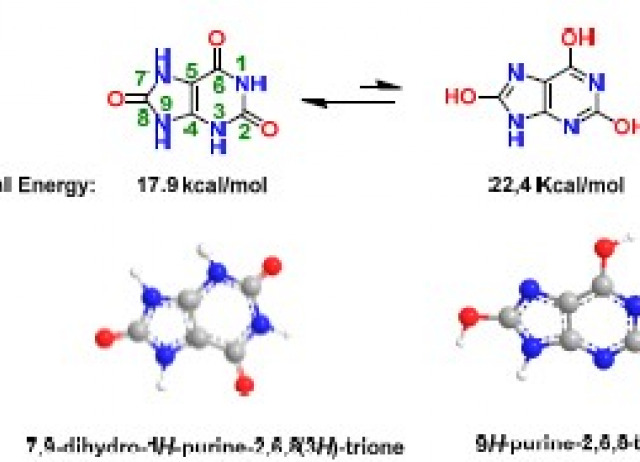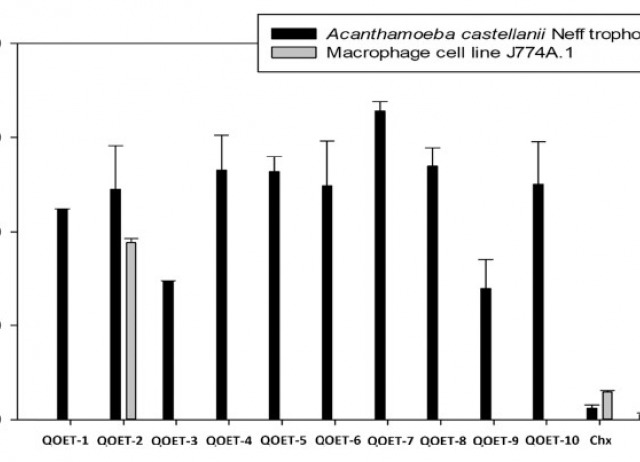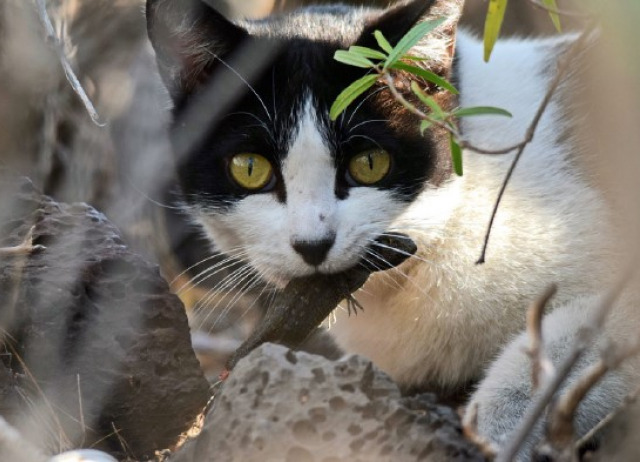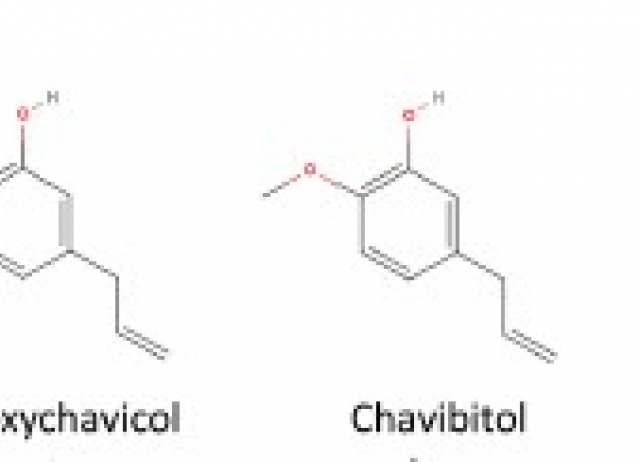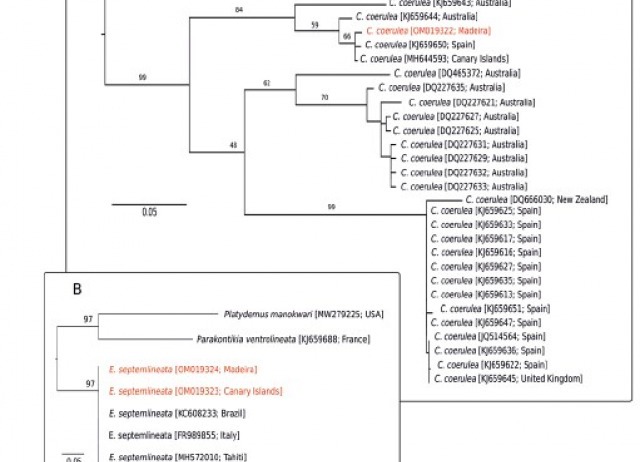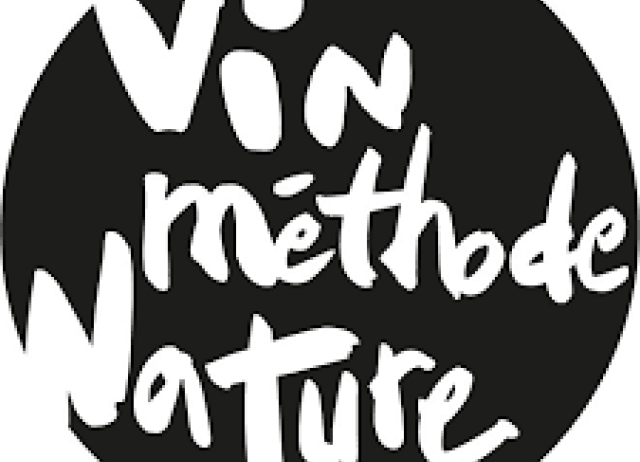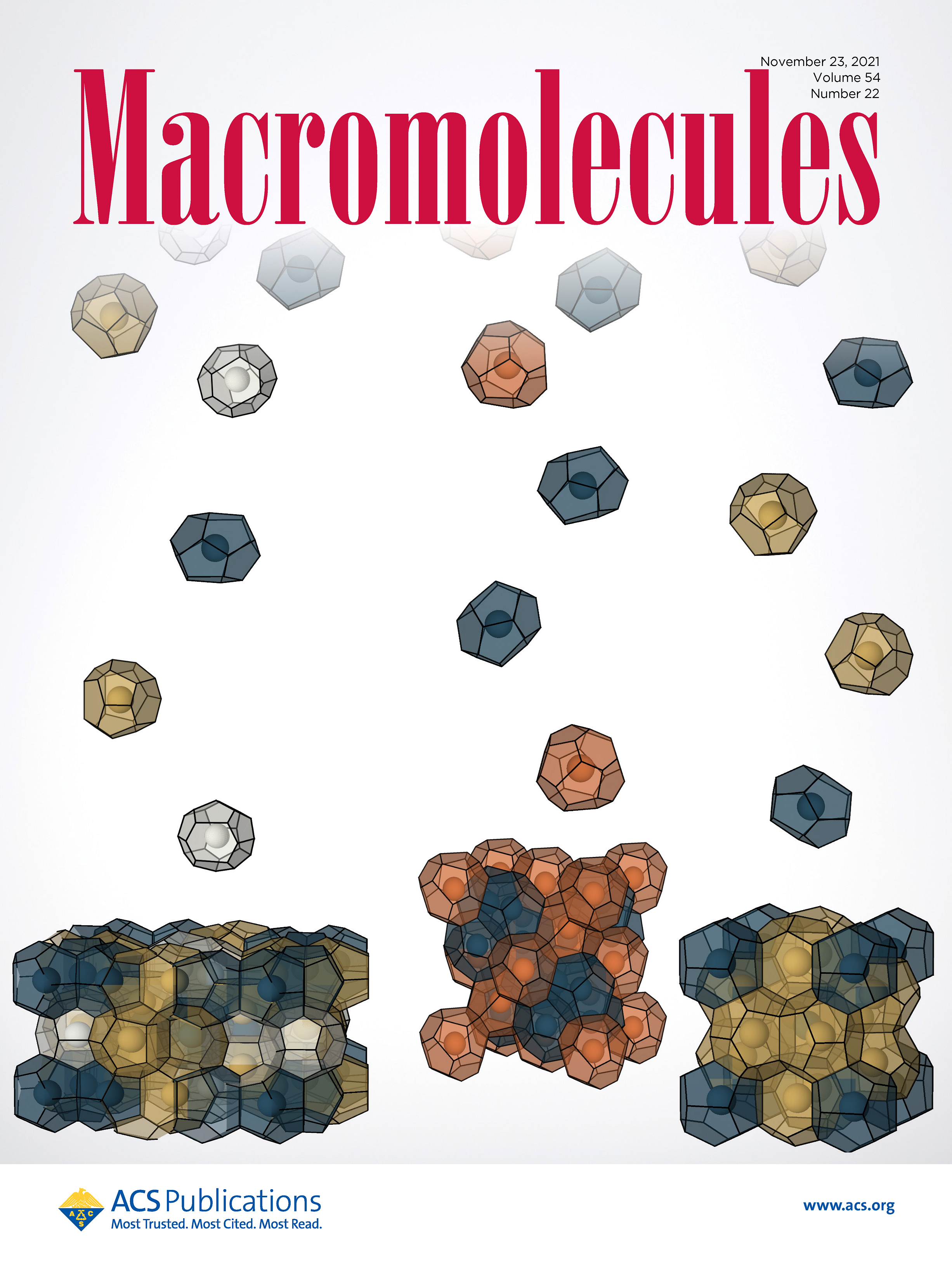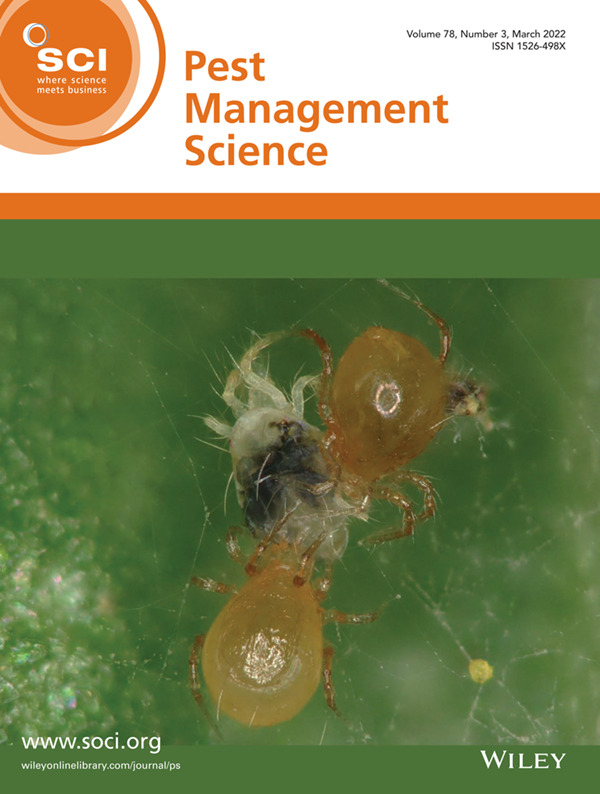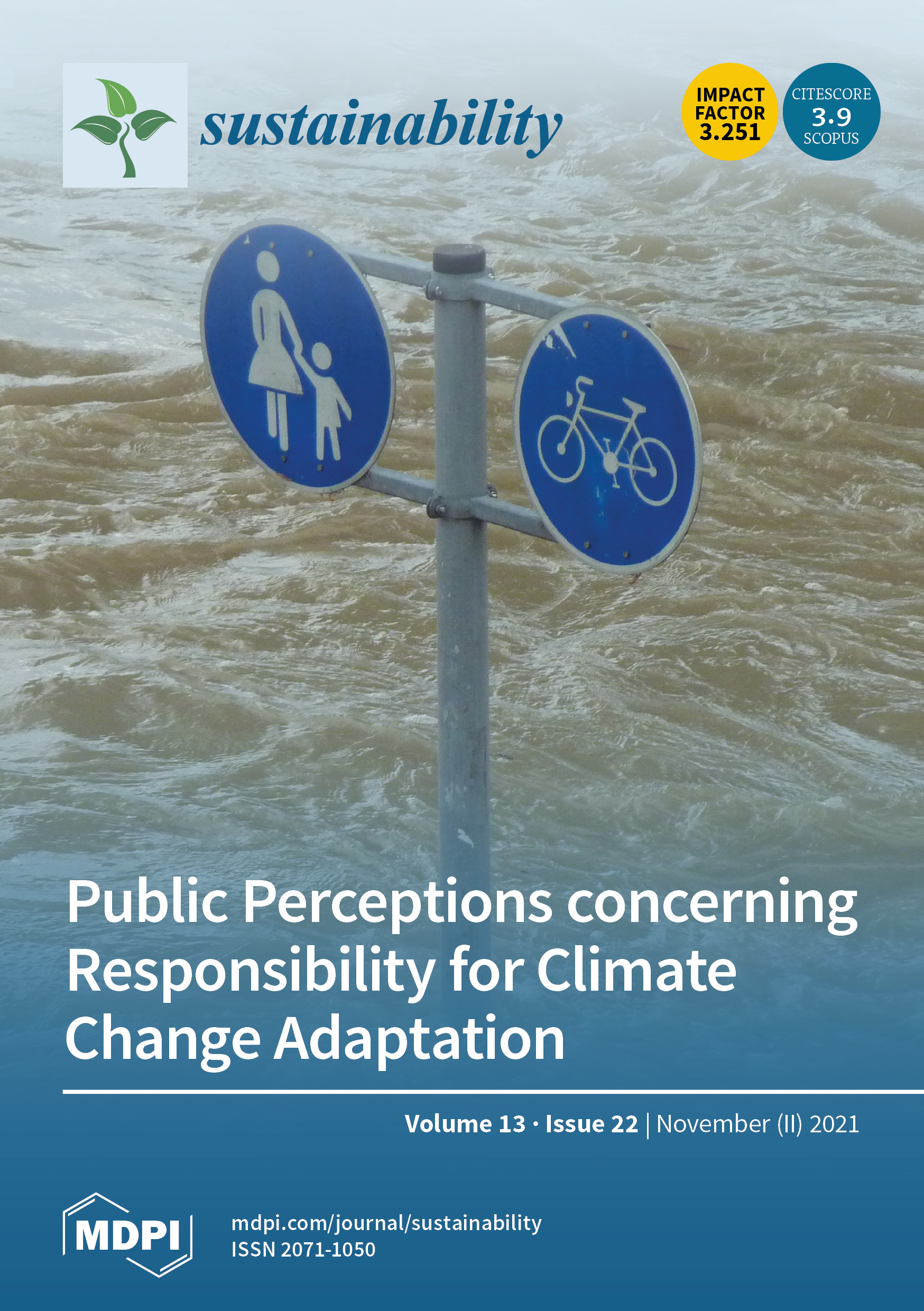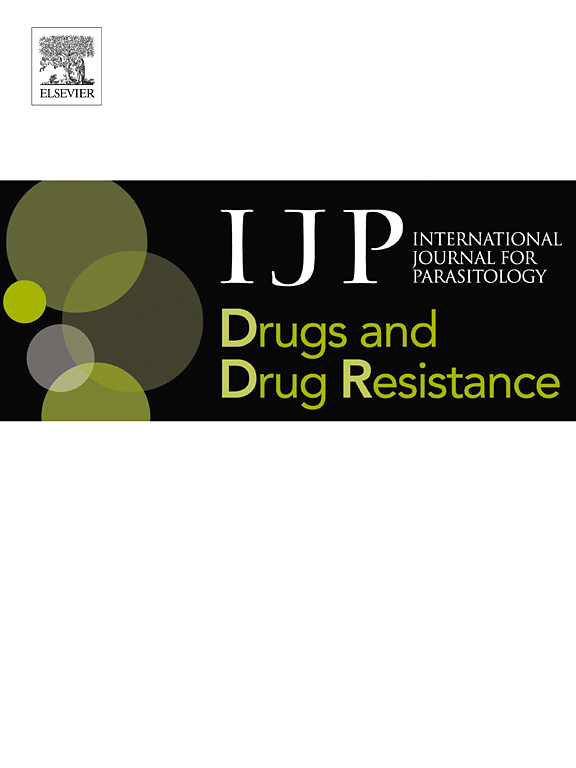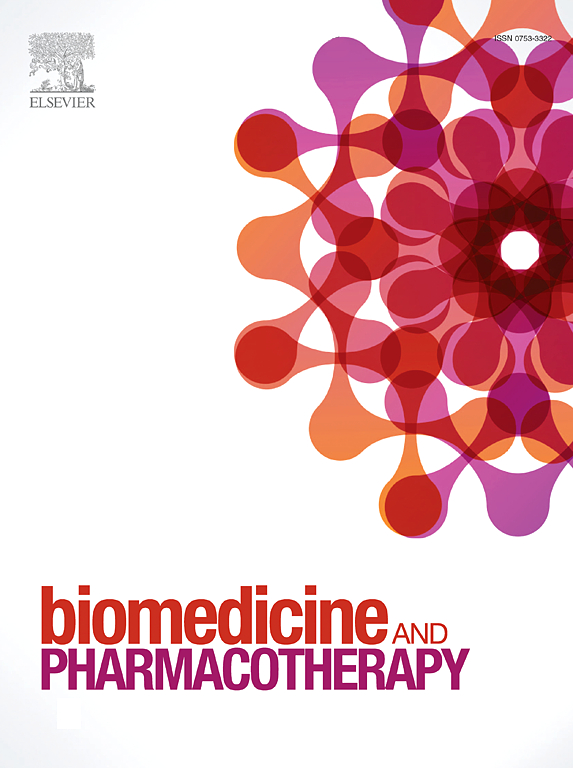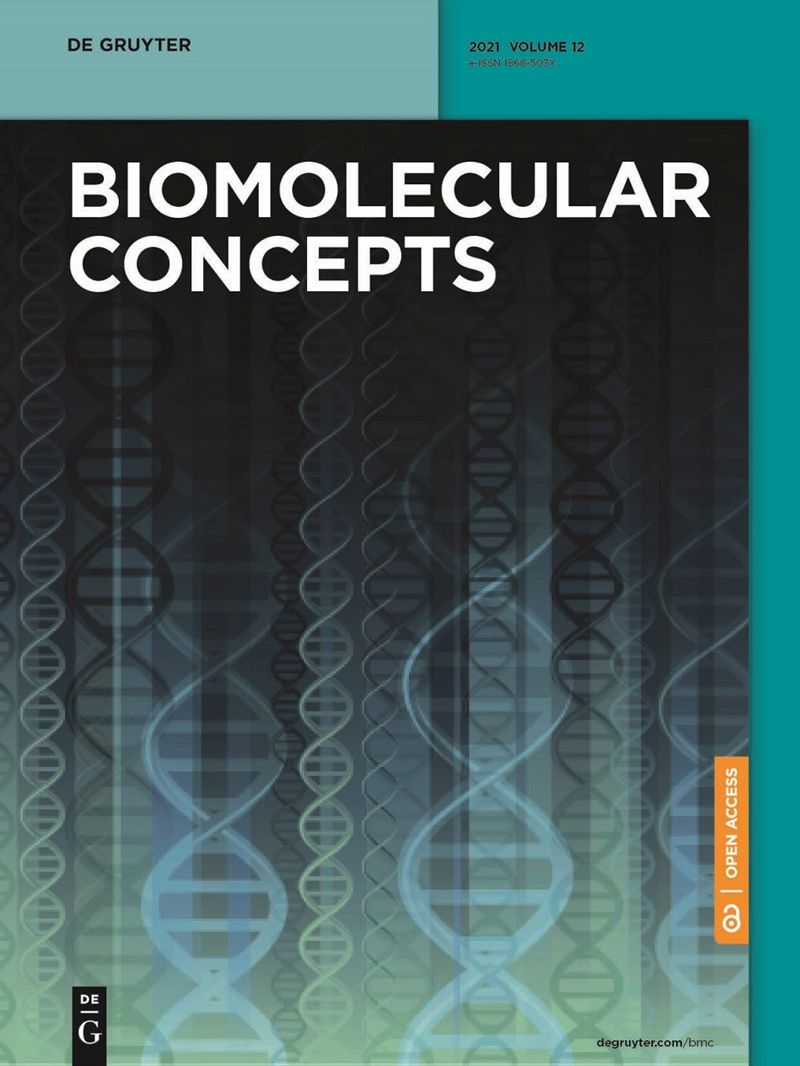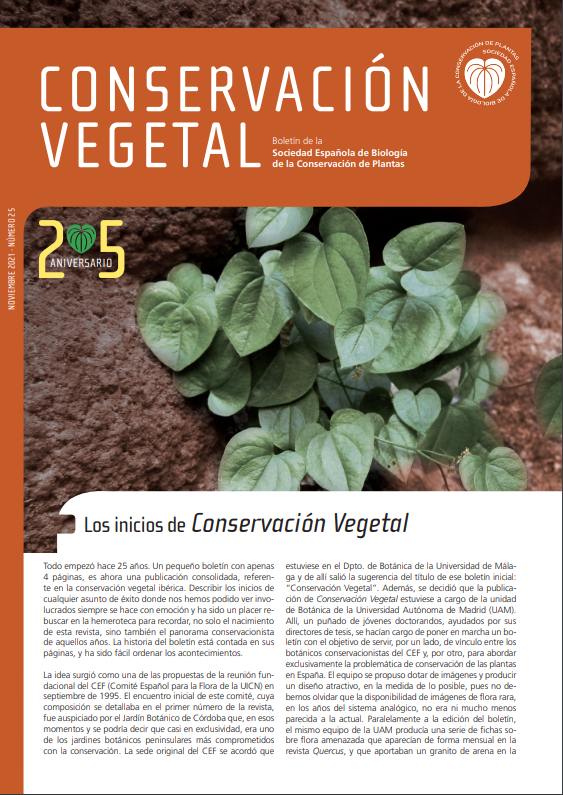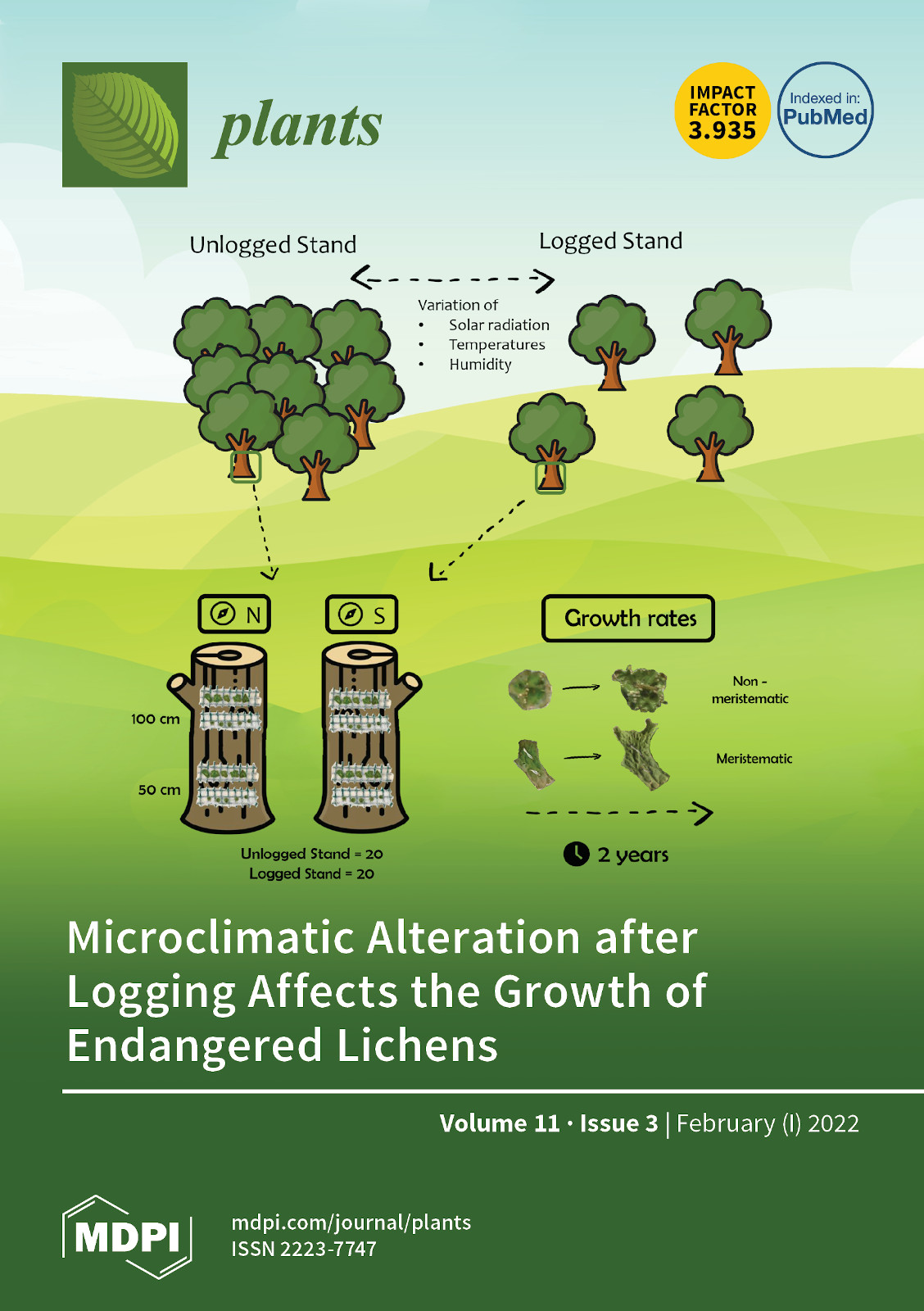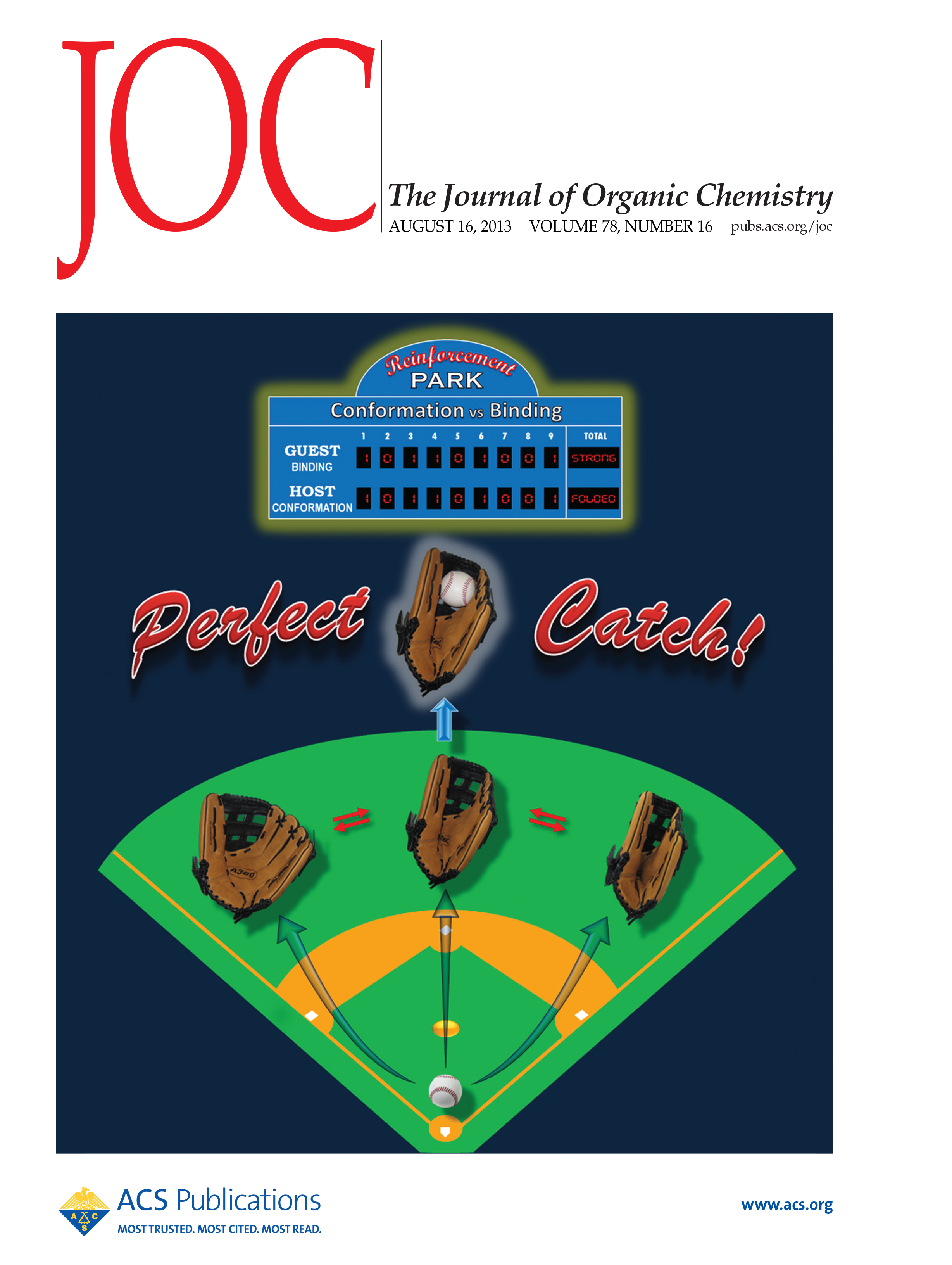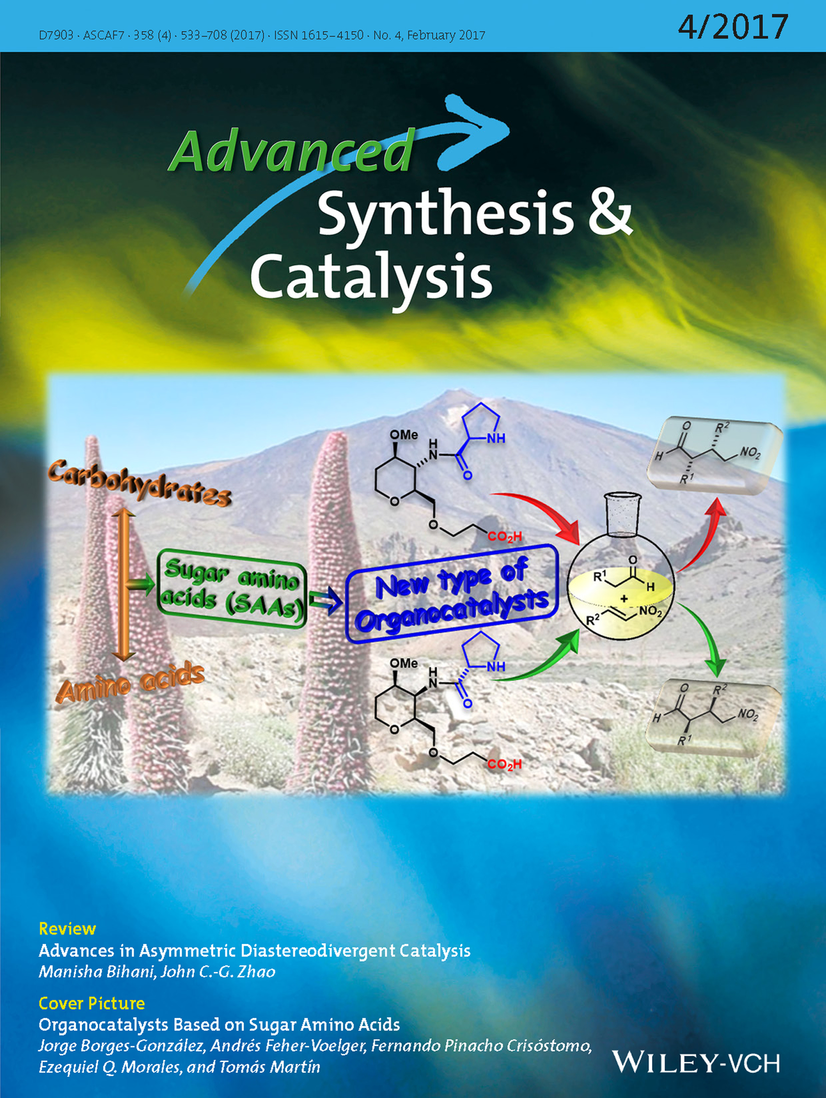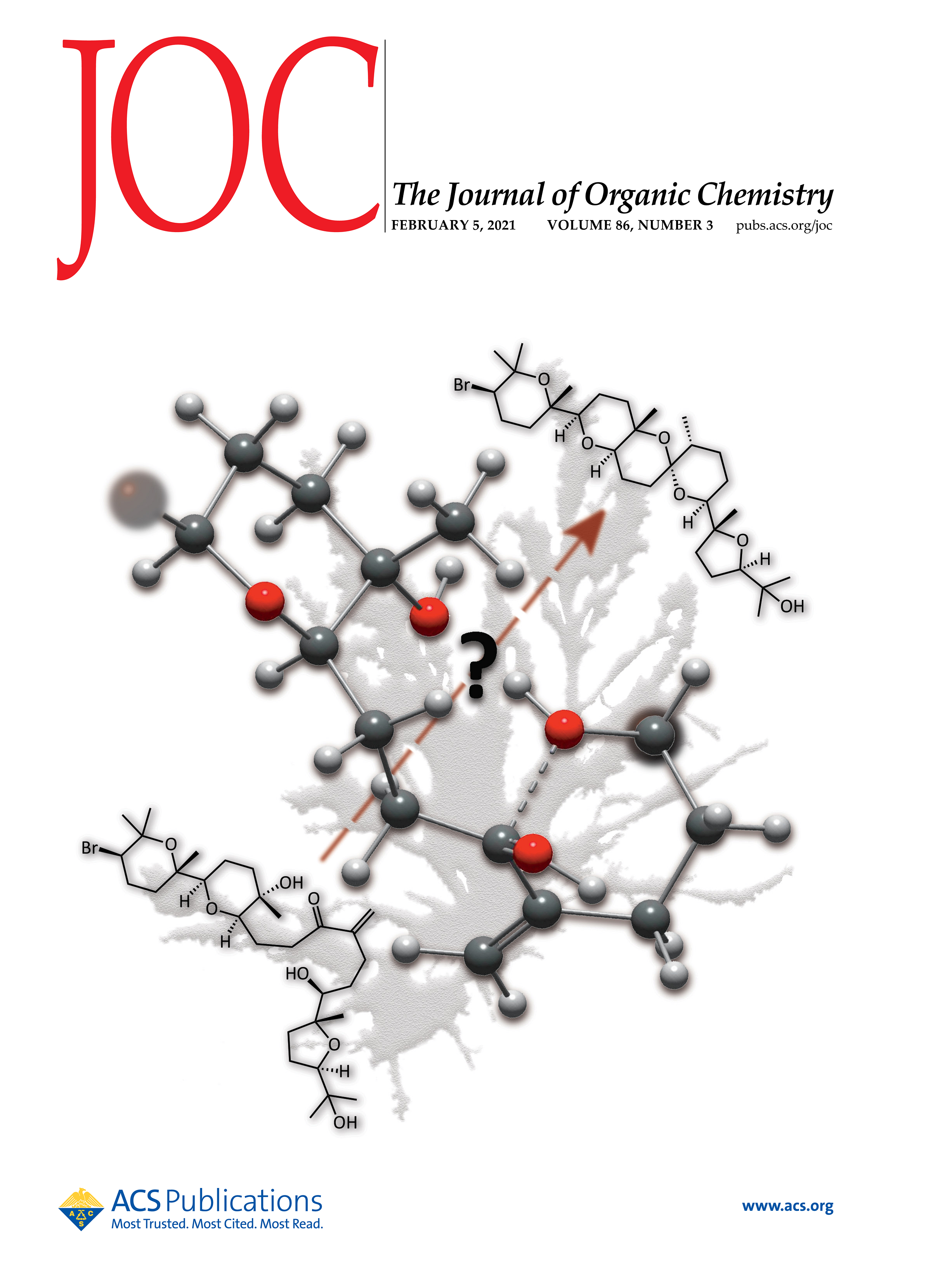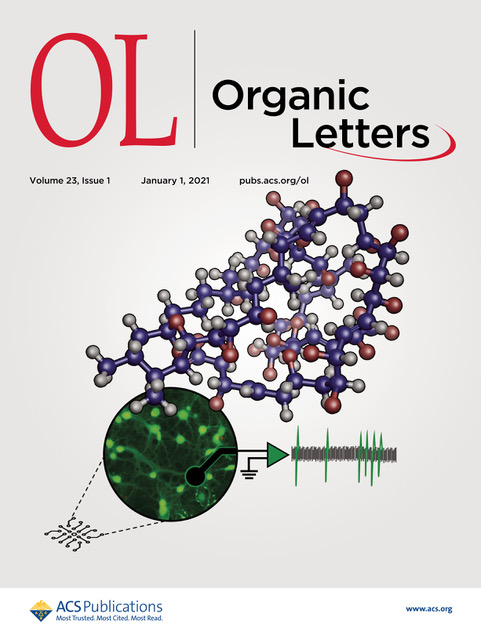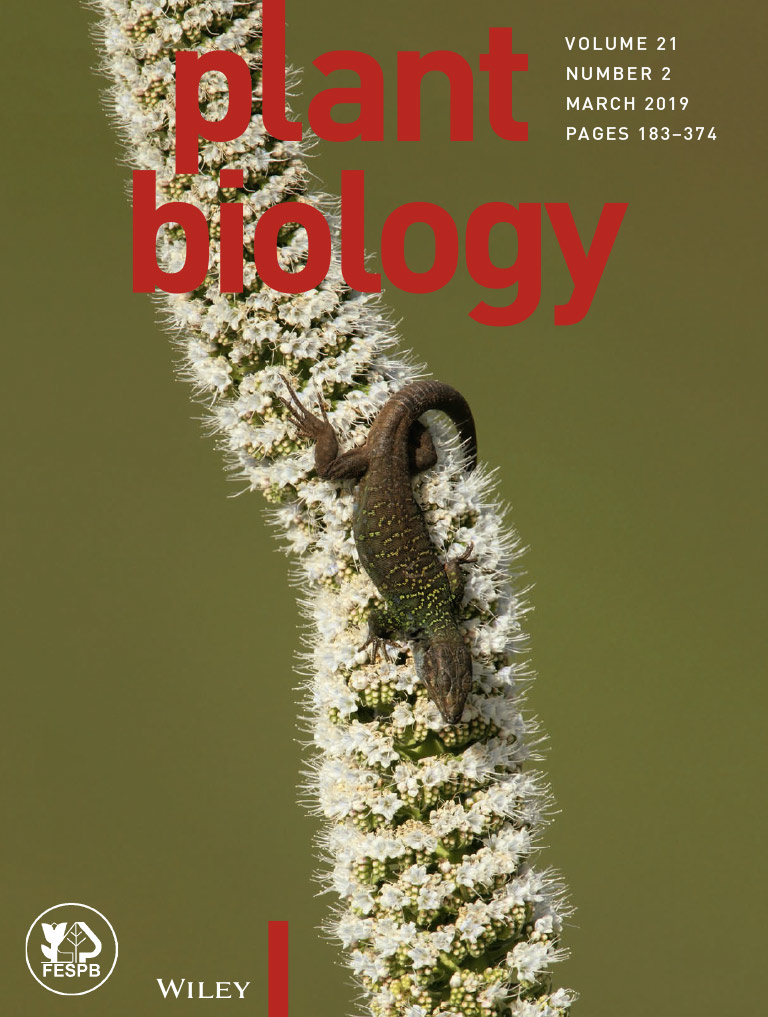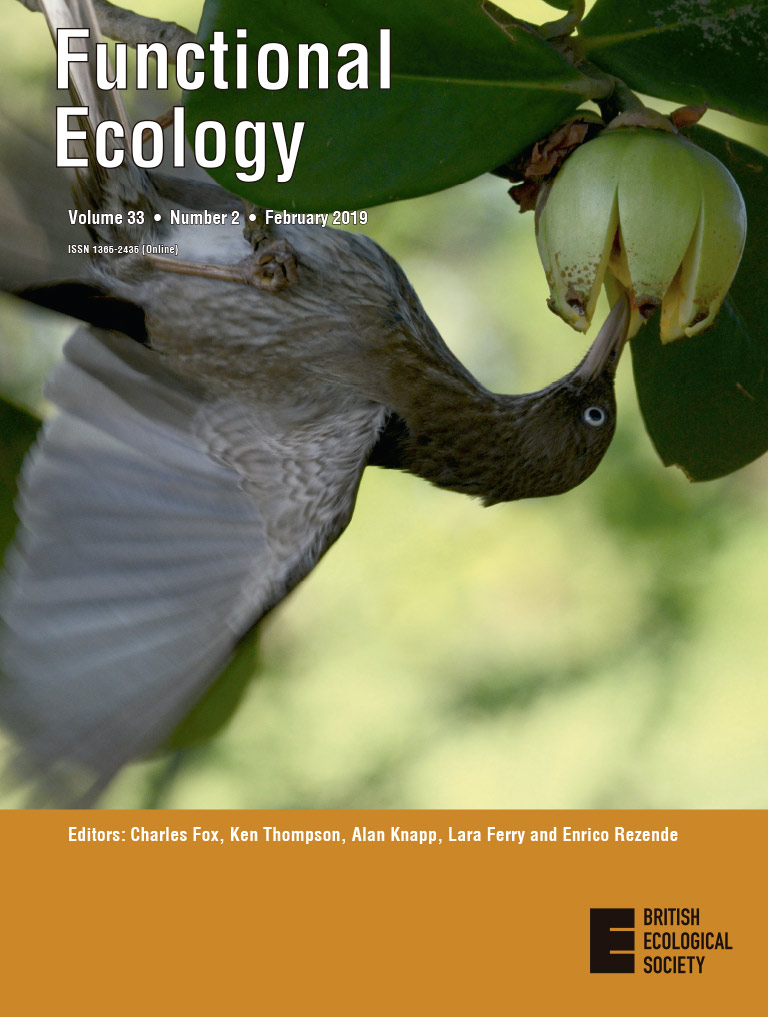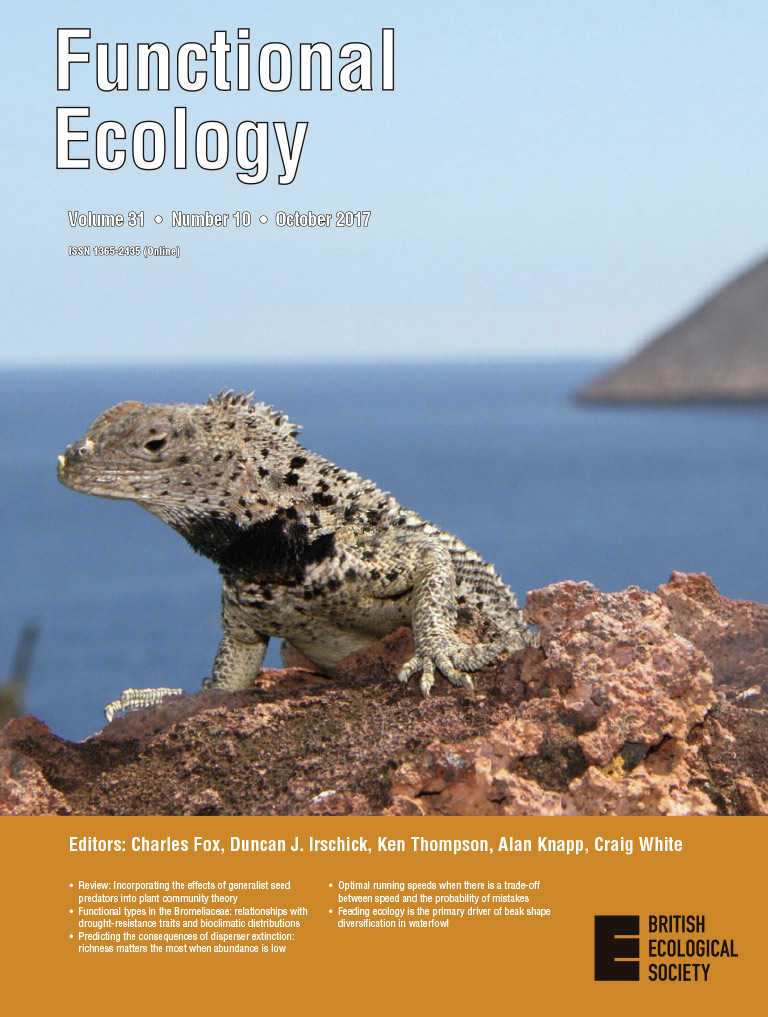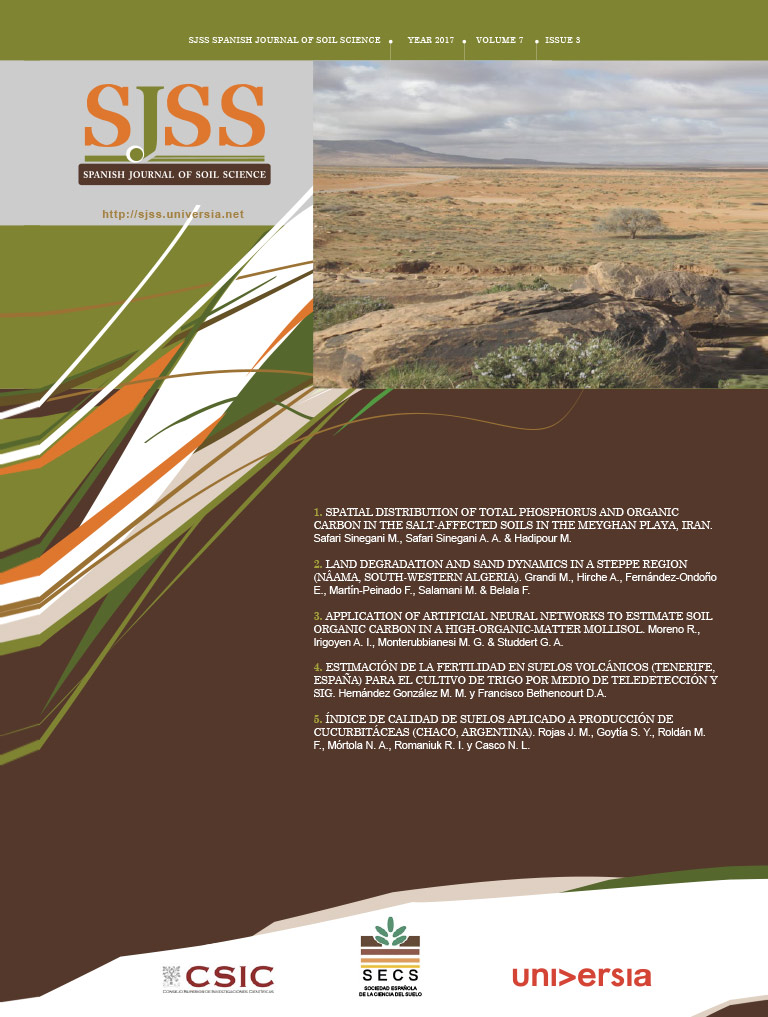Publicaciones
Esta sección incluye una lista de los últimos artículos científicos del IPNA publicados en revistas incluidas en el Science Citation Index (SCI).
En DIGITAL.CSIC, repositorio institucional del CSIC, pueden encontrar el listado completo de artículos científicos desde 1962, así como otras colecciones de interés como congresos, tesis, libros, material divulgativo, etc. del centro. El objetivo de DIGITAL.CSIC es organizar, preservar y difundir en acceso abierto los resultados de nuestra investigación.
En el repositorio institucional del CSIC, pueden encontrar el listado completo de artículos científicos, así como otras colecciones de interés como congresos, tesis, libros, material divulgativo, etc.
Análisis de la Producción Científica del IPNA 2014-2019: análisis bibliométrico realizado a partir de datos recogidos en Scopus y Web of Science.
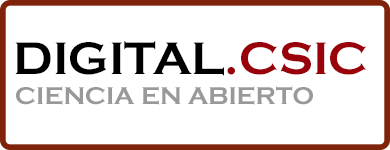
Nitration of Flavonoids and Tocopherols as Potential Modulators of Nitrosative Stress—A Study Based on Their Conformational Structures and Energy Content
Vitamin E and dietary flavonoids are natural substances with antioxidant and anti-inflammatory activities, showing little or no side effects. Fruit and vegetable diets based on flavonoids and vitamin E provide a benefit to hypertensive subjects by regulating blood pressure. However, the exact mechanism of their anti-inflammatory properties has not been chemically explained. It has been proposed that their anti-oxidant and anti-inflammatory properties may be related to their ability to scavenge free radicals. We here describe the chemical considerations that flavonoids and tocopherols required to act as potential scavengers of the •NO2 radical, a key radical in the cellular oxidative process. Moreover, we provide a theoretical study of the energy content of the nitrated compounds in the different possible positions. With this analysis, it was predicted that five flavonoids from different families (quercetin (flavanol), naringenin (flavanone), luteolin (flavone), catechin (flavanol) and aurantinidin (anthocyanin)) and three tocopherols (β-, γ-, and δ-tocopherol, but not α-tocopherol) could act as potential scavengers of the harmful •NO2 radical. These results may help to explain their beneficial effect on cardiovascular health through its antioxidant role. To validate our theoretical considerations, we also examined uric acid, a well-known •NO2-scavenger. We hope this study could help to elucidate the potential scavenging activity of other dietary antioxidants.
Pérez de Lastra, José Manuel; Andrés Juan, Celia; Plou Gasca, Francisco José; Pérez-Lebeña, Eduardo.
Isobenzofuran-1(3H)-one derivatives: Amoebicidal activity and program cell death in Acanthamoeba castellanii Neff
The genus Acanthamoeba is characterized by being a group of ubiquitous and free-living amoebae that inhabit a variety of environments. Generally, human infections by this parasite are associated with Acanthamoeba keratitis, especially in contact lens wearers, and with chronic but fatal granulomatous amoebic meningoencephalitis. Current treatments used for eradication of amoeba from infection sites represent a challenge for pharmacotherapy, due to the lack of effective treatment and the amoebae highly resistant to anti-amoebic drugs. In this study, we describe the results of the assessment of the IC50 of 10 isobenzofuran-1(3H)-one derivatives (QOET) against four Acanthamoeba strains. The compounds QOET-3 and QOET-9 were the selected derivatives with the lowest IC50 in A. castellanii Neff trophozoites (73.71 ± 0.25 and 69.99 ± 15.32 μM, respectively). Interestingly, analysis of the compound effects on the cell apoptosis-like features showed that both active molecules triggered programmed cell death (PCD) in A. castellanii Neff. The results obtained in this study highlights that isobenzofuranone derivatives could represent an interesting source for developing novel antiamoebic drugs.
Rodríguez-Expósito, Rubén L.; Reyes-Batlle, María; Sifaoui, Inés; Tejedor, David; García-Tellado, Fernando; Piñero, José E.; Lorenzo-Morales, Jacob.
A Fluorescent Cage for Supramolecular Sensing of 3-Nitrotyrosine in Human Blood Serum
3-Nitrotyrosine (NT) is generated by the action of peroxynitrite and other reactive nitrogen species (RNS), and as a consequence it is accumulated in inflammation-associated conditions. This is particularly relevant in kidney disease, where NT concentration in blood is considerably high. Therefore, NT is a crucial biomarker of renal damage, although it has been underestimated in clinical diagnosis due to the lack of an appropriate sensing method. Herein we report the first fluorescent supramolecular sensor for such a relevant compound: Fluorescence by rotational restriction of tetraphenylethenes (TPE) in a covalent cage is selectively quenched in human blood serum by 3-nitrotyrosine (NT) that binds to the cage with high affinity, allowing a limit of detection within the reported physiological concentrations of NT in chronic kidney disease.
Pérez-Márquez, Lidia A.; Perretti, Marcelle D.; García-Rodríguez, Dr. Raúl; Lahoz, Dr. Fernando; Carrillo Fumero, Romen.
La erupción volcánica de La Palma y el papel de la Agencia Estatal de Meteorología
Durante la erupción del volcán de Cumbre Vieja, en la isla de La Palma en 2021, la Agencia Estatal de Meteorología (AEMET), en calidad de Servicio Nacional y Autoridad Meteorológica del Estado, prestó diferentes servicios de apoyo al Comité Científico y al Comité Asesor del Plan de Emergencias Volcánicas de Canarias (PEVOLCA). Parte de sus actividades abarcaron la vigilancia y predicción meteorológica, la monitorización y predicción del transporte del penacho volcánico, y la valoración del impacto de las emisiones de gases y cenizas de la erupción volcánica en la calidad del aire en la isla de La Palma y en la región de Canarias.
García, Omaira; Suárez, David; Cuevas, Emilio CSIC ORCID; Ramos, Ramón; Barreto, África; Hernández, Miguel; Quintero, Víctor; Toledano, Carlos; Sicard, Michaël; Córdoba-Jabonero, Carmen; Riz, Vicenzo; Roininen, Reijo; López, César; Vilches, Jon; Weiss, Maximilian; Carreño, Virgilio; Taquet, Noemie; Boulesteix, Thomas ; Fraile-Nuez, Eugenio ; Torres, Carlos F. ; Prats, Natalia; Alcántara, Antonio; León, Sergio; Rivas, Pedro; Álvarez, Óscar; Parra, Francisco ; de Luis, Javier; González, César; Armas, Cristina ; Romero, Pedro; de Bustos, Juan; Redondas, Alberto; Marrero, Carlos; Milford, Celia; Román, Roberto; González, Ramiro; López-Cayuela, María; Carvajal-Pérez, Clara; Chinea, Nayra; García, Rosa; Almansa, Fernando; González, Yenny; Bullón, Fernando; Poggio, Marta; Rivera, Clemente; Bayo, Concepción; Rey, Fernando
Emerging laws must not protect stray cats and their impacts
Our moral circles—that is, the entities believed as worthy of moral concern and thus deserving moral considerations—have historically expanded beyond humans to include also nonhuman beings (Crimston et al., 2018). As a result, various emerging legal instruments around the world have been granting rights to animals. However, the inclusion of animals within moral circles is subjected to important biases, with a preference for charismatic, familiar, and beautiful vertebrates (Klebl et al., 2021). We argue that legal instruments embracing such biases may jeopardize biodiversity conservation.
Carrete, Martina; Clavero, Miguel; Arrondo, Eneko; Traveset, Anna; Bernardo-Madrid, Rubén; Vilà, Montserrat; Blas, Julio; Nogales, Manuel; Delibes, Miguel; García-Rodríguez, Alberto; Hernández-Brito, Dailos; Romero-Vidal, Pedro; Tella, José L.
ML-J-DP4: An Integrated Quantum Mechanics-Machine Learning Approach for Ultrafast NMR Structural Elucidation
A new tool, ML-J-DP4, provides an efficient and accurate method for determining the most likely structure of complex molecules within minutes using standard computational resources. The workflow involves combining fast Karplus-type J calculations with NMR chemical shifts predictions at the cheapest HF/STO-3G level enhanced using machine learning (ML), all embedded in the J-DP4 formalism. Our ML provides accurate predictions, which compare favorably alongside with other ML methods.
Yi-Hsuan Tsai; Amichetti, Milagros; Zanardi, María Marta; Grimson, Rafael; Hernández Daranas, Antonio; Sarotti, Ariel M.
Betelvine (Piper betle L.): A comprehensive insight into its ethnopharmacology, phytochemistry, and pharmacological, biomedical and therapeutic attributes
Piper betle L. (synonym: Piper betel Blanco), or betel vine, an economically and medicinally important cash crop, belongs to the family Piperaceae, often known as the green gold. The plant can be found all over the world and is cultivatedprimarily in South East Asian countries for its beautiful glossy heart-shaped leaves, which are chewed or consumed as betelquidand widely used in Chinese and Indian folk medicine, as carminative, stimulant,astringent, against parasitic worms, conjunctivitis, rheumatism, wound, etc., andis also used for religious purposes. Hydroxychavicol is the most important bioactive compound among the wide range of phytoconstituents found in essential oil and extracts. The pharmacological attributes of P. betle are antiproliferation, anticancer, neuropharmacological, analgesic, antioxidant, antiulcerogenic, hepatoprotective, antifertility, antibacterial, antifungal and many more. Immense attention has been paid to nanoformulations and their applications. The application of P. betle did not show cytotoxicity in preclinical experiments, suggesting that it could serve as a promising therapeutic candidate for different diseases. The present review comprehensively summarizes the botanical description, geographical distribution, economic value and cultivation, ethnobotanical uses, preclinical pharmacological properties with insights of toxicological, clinical efficacy, and safety of P. betle. The findings suggest that P. betle represents an orally active and safe natural agent that exhibits great therapeutic potential for managing various human medical conditions. However, further research is needed to elucidate its underlying molecular mechanisms of action, clinical aspects, structure–activity relationships, bioavailability and synergistic interactions with other drugs.
Biswas, Protha; Anand, Uttpal; Chatterjee, Suchismita (Saha); Kant, Nishi; Mishra, Tulika; Masih, Harison; Bar, Ananya; Kumar Pandey, Devendra; Kumar Jha, Niraj; Majumder, Madhumita; Das, Neela; Gadekar, Vijaykumar Shivaji; Shekhawat, Mahipal S.; Kumar, Manoj; Radha; Proćków, Jarosław; Pérez de la Lastra, José M.; Dey, Abhijit
Unveiling the nature of a miniature world: a horizon scan of fundamental questions in bryology
Introduction. Half a century since the creation of the International Association of Bryologists, we carried out a review to identify outstanding challenges and future perspectives in bryology. Specifically, we have identified 50 fundamental questions that are critical in advancing the discipline. Methods. We have adapted a deep-rooted methodology of horizon scanning to identify key research foci. An initial pool of 258 questions was prepared by a multidisciplinary and international working group of 32 bryologists. A series of online surveys completed by a broader community of researchers in bryology, followed by quality-control steps implemented by the working group, were used to create a list of top-priority questions. This final list was restricted to 50 questions with a broad conceptual scope and answerable through realistic research approaches. Key results. The top list of 50 fundamental questions was organised into four general topics: Bryophyte Biodiversity and Biogeography; Bryophyte Ecology, Physiology and Reproductive Biology; Bryophyte Conservation and Management; and Bryophyte Evolution and Systematics. These topics included 9, 19, 14 and 8 questions, respectively. Conclusions. Although many of the research challenges identified are not newly conceived, our horizon-scanning exercise has established a significant foundation for future bryological research. We suggest analytical and conceptual strategies and novel developments for potential use in advancing the research agenda for bryology.
Patiño, Jairo; Bisang, Irene; Goffinet, Bernard; Hedenäs, Lars; McDaniel, Stuart; Pressel, Silvia; Stech, Michael; Ah-Pengi, Claudine; Bergamini, Ariel; Caners, Richard T.; Cargill, Christine; Cronberg, Nils; Duckett, Jeffrey; Eppley, Sarah; Fenton, Nicole J.; Fisher, Kirsten; González- Mancebo, Juana; Hasebe, Mitsuyasu; Heinrichs, Jochen; Hylander, Kristoffer; Ignatov, Michael S.; Martínez-Abaigar, Javier; Medina, Nagore G.; Medina, Rafael; Quandty, Dietmar; Rensing, Stefan A.; Renzagliaaa, Karen; Rennerab, Matthew; Ros, Rosa M.; Schäfer-Verwimp, Alfons; Villarreal, Juan Carlos; Vanderpoorten, Alain
DNA barcoding reveals new records of invasive terrestrial flatworms (Platyhelminthes, Tricladida, Geoplanidae) in the Macaronesian region
Oceanic islands harbour a limited richness of native land planarians, likely explained in large part by their inability to survive long periods of immersion in salt water (Winsor et al. 2004). Instead, most land planarians on islands are the result of introductions (e.g. Justine et al. 2018a; b; Lago-Barcia et al. 2020; Suárez et al. 2018; Winsor et al. 2004), likely due to the global trade of plants, as planarians can be inadvertently transported in the humid soil of pots (Álvarez-Presas et al. 2014; Winsor et al. 2004). Planarians are generalist predators (Sluys 1999) and a potential threat for native invertebrate fauna. Thus, the group has become of interest with regard to understanding the expansions of species distributions into non-native areas. We report here the presence of three invasive land planarian species within oceanic islands of the Macaronesian region: Obama nungara Carbayo, (Carbayo et al. 2016) (new for the Canary Islands), Caenoplana coerulea (Moseley 1877) (new for Madeira) and Endeavouria septemlineata (Hyman 1939) (new for the Canary Islands and Madeira).
Suárez, Daniel; Pedrianes, Juan Ramón; Andújar, Carmelo.
Certification of Natural Wine: Policy Controversies and Future Prospects
Natural wine is made from grapes produced under organic or biodynamic management without using additives in the cellar. Natural wine represents a movement of winegrowers that see agriculture as an ethical act against wine industrialization and as a way to make food systems more sustainable. The movement has gained fast-growing global fame and connects rural producers with urban consumers. The recent French recognition of a natural wine certification has spurred discontent among other European countries and wine business associations. A debate about the policy implications of natural wine certification is necessary in order to shed light on the matter. This article calls for transparency in the labeling of wine ingredients, in line with recent consumer demands, which would make the creation of new certifications redundant.
Alonso-González, Pablo; Parga-Dans, Eva; Fuentes Fernández, Rosana.
